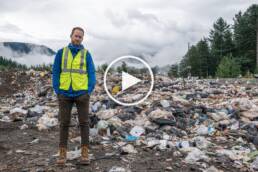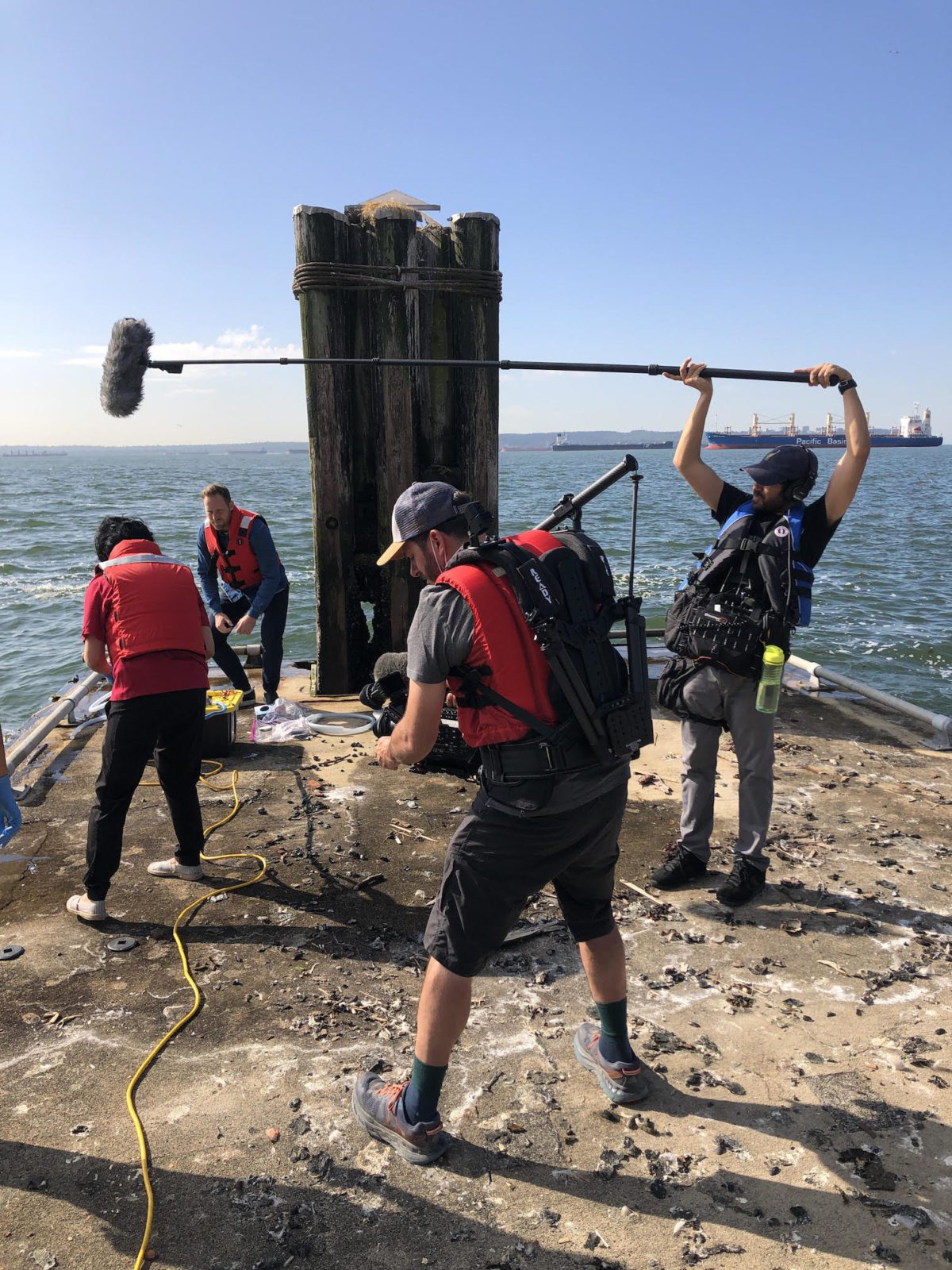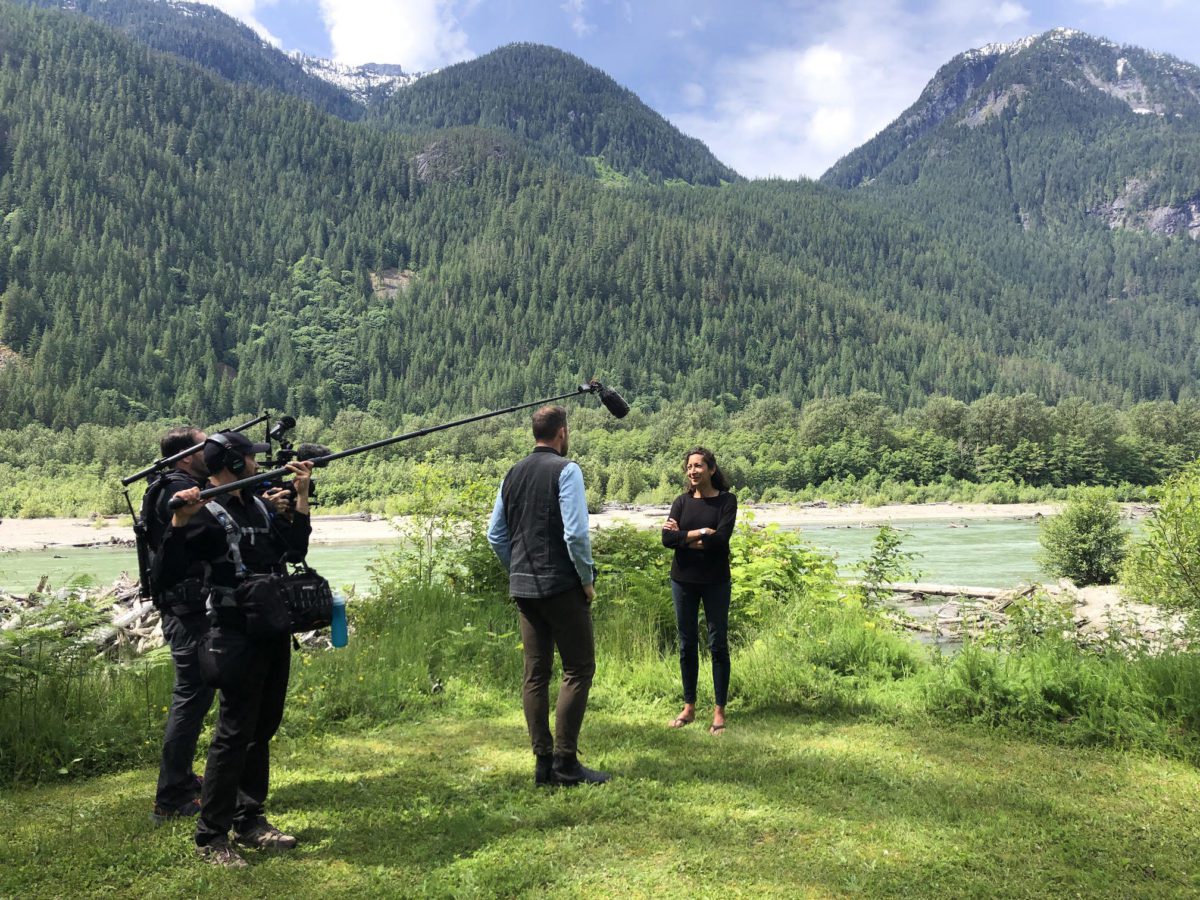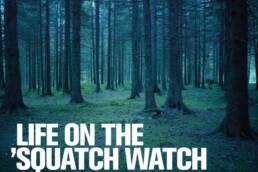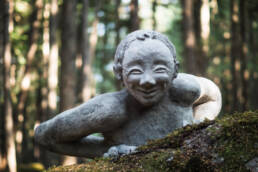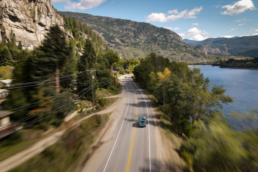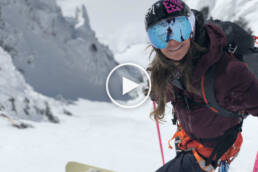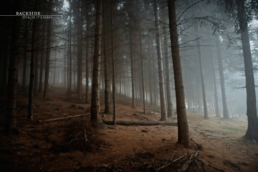Now available for free screening on CBC Gem, the “Creatures of Convenience” documentary will have you rethinking your trash. We interview producer Momme Halbe about how it all came together.
“Creatures of Convenience” is a solutions-focused film that explores the challenges our convenience culture is placing on our environment, and gives doable actions anyone can adopt to curb our waste in our daily lives. It is now available for anyone to watch on CBC Gem.
Produced by Momme Halbe and written and starring Stuart Gilles, the 45-minute film explains the environmental dilemma he faces as a new dad and the solutions he discovers by interviewing various experts in the Lower Mainland region of British Columbia. We caught up with Halbe to ask him what it’s like filming in garbage and why it can be so challenging talking about the environment with the BC minister responsible for it.
Hey Momme, great work on this documentary. How long you and Stuart have known each other?
Stuart and I have been working together on several projects for the last five years or so. Stuart’s friend Anna Posacka is the Research Manager at the Micro plastics lab in Ocean Wise and over a Christmas dinner they began talking about creating a documentary on the micro plastics and the invisible catastrophe impacting our oceans. Stuart, knowing my passion for the environment, approached me and asked me to produce the documentary. We presented it to the CBC and after the green light we assembled a team.
How’d you get into the film biz?
I studied back in Germany and worked for a while in production in Berlin and Hamburg before the ski bum dream brought me to Canada. It wasn’t my plan to stay but I was lucky to land in a place with incredible talent and opportunities, so I added a couple of years working in production in Whistler before moving to Vancouver where I built my network as a freelancer.
What’s your personal inspiration behind “Creatures of Convenience?”
Personally, wildlife and our environment as a whole really. I’ve been active in this field for a long time advocating for a better relationship with nature and this doc was a great way to get that message out. We’ve all seen the turtle with a straw stuck in its nose and that was a moment when people realized how impactful their unsustainable habits were. But straws are not really the problem, they’re unnecessary certainly, but there are much bigger issues at the federal level when it comes to plastic and we need to address them and make big changes immediately.
How long did it take to create this?
The whole project from start to finish was just shy of a year. The filming and editing took about five months total. Covid threw a couple curveballs at us that almost derailed the project but we made it through thanks to a team effort.

The landfill scene is particularly poignant. What did you have to go through to get permission to film there?
Actually not too much. You’d be surprised how many doors open when you are transparent in your approach. It’s also not in the best interest of cities or districts to watch their landfills fill up as quickly as they currently do, so they want to be engaged and help solve the problem by doing their part of sorting and cleaning. The district was quite thankful that we showed up to document what the situation really is – a film is usually more engaging than the annual report. It’s up to everyone to participate in the program that the municipality offers, but if there’s no buy in from the community we will keep having problems.
What was the biggest challenge?
To edit the amount of content we collected for the documentary. We had enough footage for three or four documentaries! It was very difficult to decide on what to include and what not to. We had whole sections we had to edit out, including in-depth interviews about understanding the psychology behind our relationship with convenience. It was also difficult blending an engaging yet educational and informational documentary together – it’s extremely difficult to take a large subject and edit it down into 44 minutes. Our editor Aki Kettula did a wonderful job.
What was the most fun aspect of making this?
Learning and educating ourselves was extremely rewarding and fun. Meeting people out there who care and who work on positive change was incredibly inspiring as well as building alliances to work towards a better planet. It’s hard work, but fun.
Any hilarious takes or experiences that didn’t make it into the final cut.
Connecting with BC’s Minister of the Environment was interesting: he cancelled our first meeting because of release issues his office had. So we spent money to amend the release. And when we finally had a chance to interview him, we got typical politician answers and decided not to use them after all. It was the hardest interview to set up and, in retrospect, I can see the humour in that.
What’s next for you guys?
Stuart is working on a surrogate documentary at the moment, personally, I am always looking for the next story, something that is thought provoking. But it’s nice to do something lighter as well in between so that your batteries are recharged for big projects like that.
To watch the entire documentary, visit CBC Gem. If you would like to reach out to George Heyman, BC’s Minister of Environment and Climate Change Strategy, to let him know you’ve seen this documentary and would like to see some change, email ENV.minster@gov.bc.ca or phone 250-387-1187.
Related Stories
Life On the ‘Squatch Watch
For millennia, Bigfoot has evaded capture and definitive conclusion. Despite myriad monster hunters, top-secret DNA…
Have You Met The Koots Creatures Yet?
Whimsical creatures are popping up all around the Kootenay region that they're named for. This is why. Story by Louis…
Why Castlegar Should Be On Your Must-Visit List This Fall
On a recent assignment for ZenSeekers, editor Vince Hempsall and photographer Dave Heath travelled Castlegar and the…
Watch the Full “Children of Columbia” Movie by Sherpas Cinema
Sherpas Cinema, the production house behind Imagination, has released its latest film, “Children of Columbia: A Skier’s…
The Hunted
[one_half] It began as just another workday for Lenny. Deep in the bush, he was running survey lines through mature…


